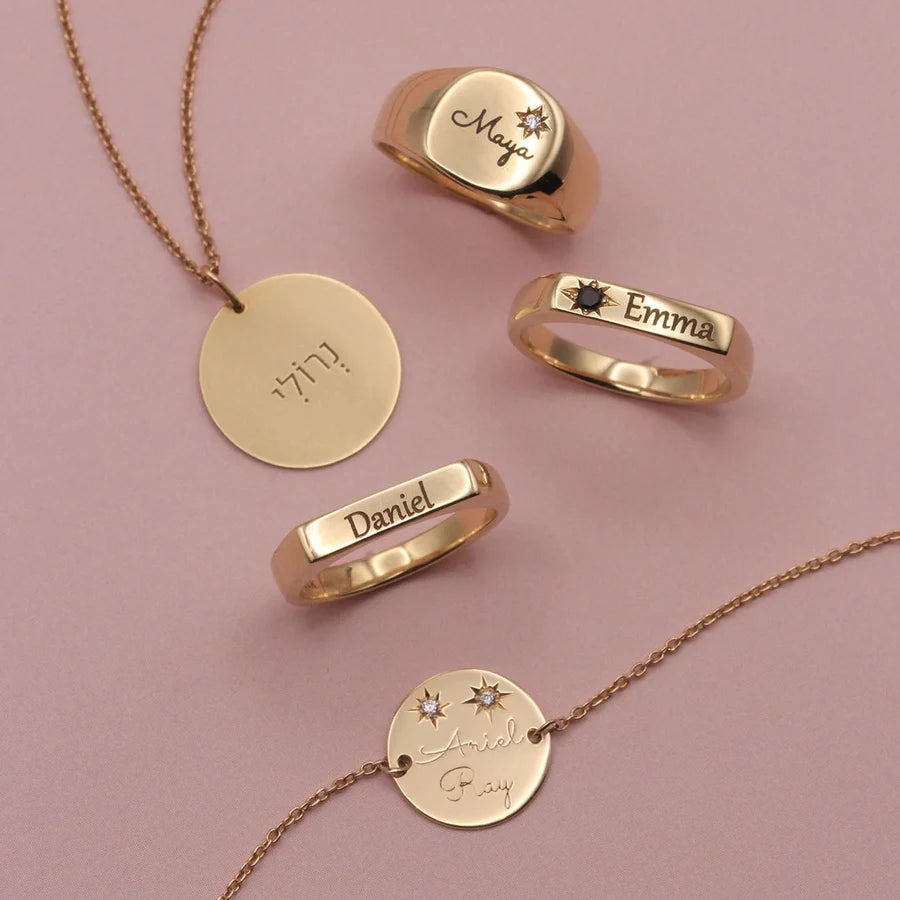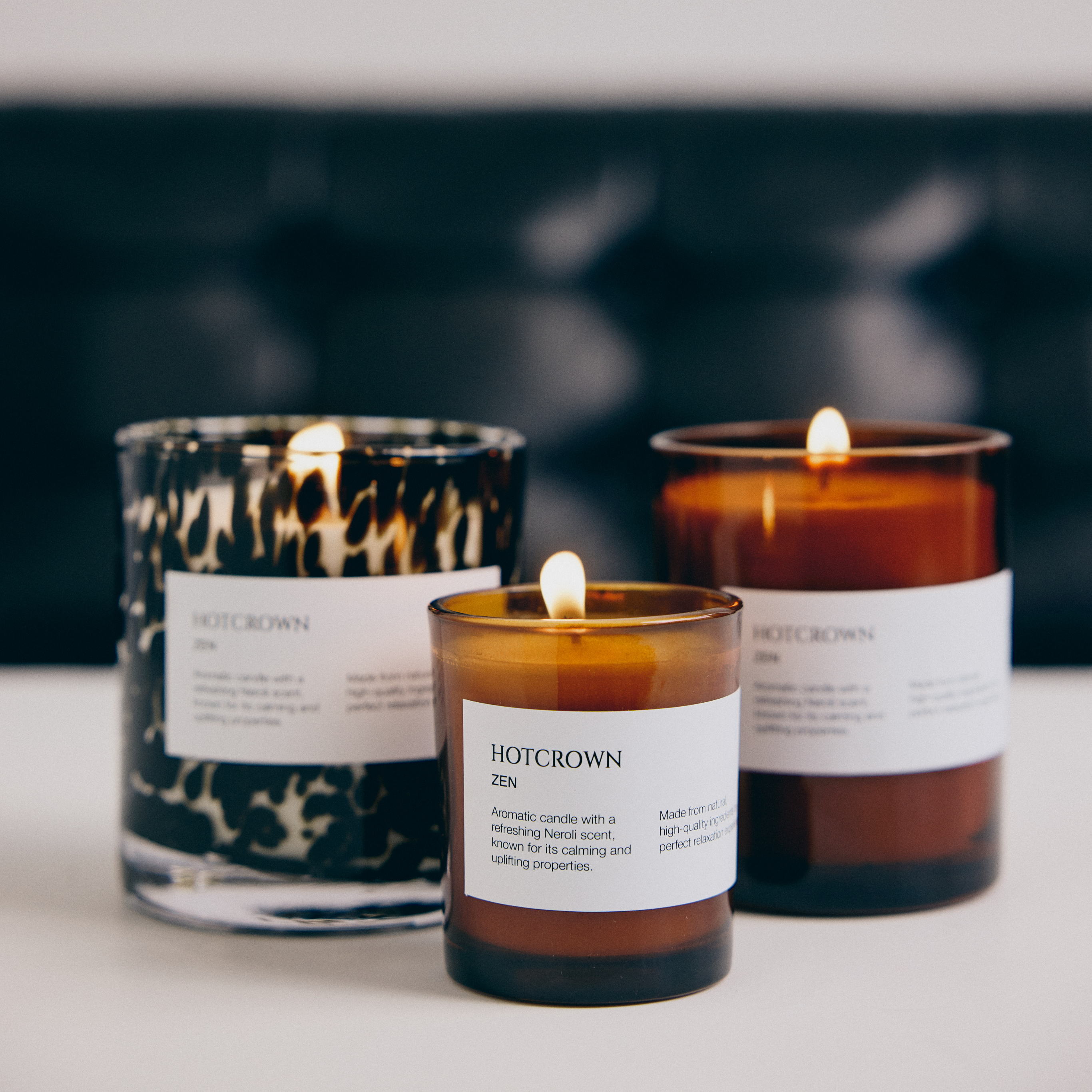Close your eyes and think about an engagement ring - what do you see? There's probably a diamond there somewhere, right? And maybe a couple of movie references as well? Well, after my Signet Ring post, I decided to don the investigative cap once more and find out more about the history of engagement rings. After all, an engagement ring is one of the major jewelry purchases in our lives (in our culture, anyway) and it's so loaded with emotion and meaning for us.

So unsurprisingly, engagement rings date way back - all the way to ancient Egypt, but even before that, in ancient Greece and Rome, couples and lovers would trade rings as a symbol for their love and commitment. Like we saw on the signet ring post, men used to wear rings to signify their wealth and position, and the natural next step was giving their significant other a ring to signify her social status as well.
The word “betrothed” comes from the Anglo-Saxon word “troweth,” which means truth. In medieval England, a "truth" was another name for a ring which would signify a woman is "taken". By the end of the 19th century, engagement rings that were very close to what we know today were popular. They'd usually be set with a pearl or the best stone or gem the groom could afford.

Diamonds were actually only discovered in the mid-1800s and were worn by the social elite. By 1890, affordable diamond rings started appearing in mail-order catalogs (the 19th century version of shopping online!) and on 1918 Cartier created the Trinity ring (pink gold, white gold and yellow gold) for Jean Cocteau, who gave it to his lover poet Raymond Radiguet.
But between the two World Wars and the Great Depression raging in the United States, people didn't like to tote around their diamonds (even if they were among the lucky few who could afford them) and diamond sales were at an all-time low. Enter one brilliant slogan that changed it all:
"The slogan that would become the most resilient in history would be created in the office of N.W. Ayer in 1947. After a confounding series of unsuccessful attempts to produce a slogan for a new De Beers advertising campaign, Frances Gerety, a copywriter at the advertising agency, prayed for some divine assistance. Before heading home, she scrawled "a diamond is forever" on the bottom of a picture of two honeymooning lovers. It may have had humble beginnings, but according to Advertising Age, it is the most recognized slogan of the 20th century, and some ninety percent of all Americans know it. In less than a year, "A Diamond is Forever" became the official slogan of De Beers."

Truman Capote's book (and then Audrey Hepburn film) Breakfast At Tiffany's just added to the hype and soon the tabloids were following intently and zooming in on Hollywood starlet's ring fingers. I mean, if we think the paparazzi's are obsessed today, we just need to take a look back to Elizabeth Taylor, Grace Kelly and Marilyn (again), whose love for diamonds and for engagements really helped the jewelry industry.

images, from top left clockwise: Roman diamond ring 3rd-4th Century AD | Elizabeth Taylor wearing a gigantic diamond | 1500-1700 engagement ring | Antique Georgian Ring | 1900s Art Nouveau Engagement Ring | Hot Crown Bella Engagement Ring | Grace Kelly wearing her engagement ring
And nowadays? There are SO many options - with a diamond, with a stone (sapphires are having a moment), with both or neither. Check out our own Hot Crown engagement ring selection and let me know what you think!
ps. Remind me to tell you the story of my own engagement ring someday... It inspired a whole collection.



